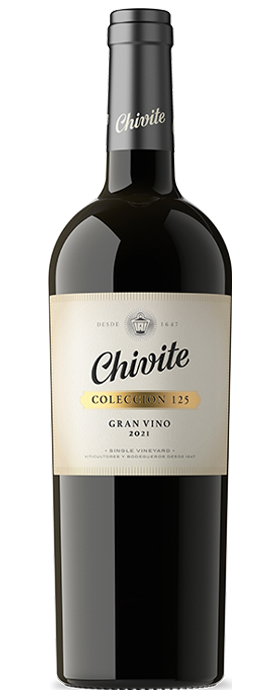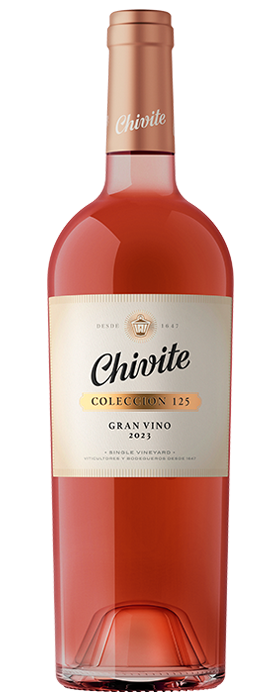Colección 125 Reserva
Legardeta Estate is at the geographical limit for the cultivation of the Tempranillo variety, and is, in fact, the northernmost zone at which this varietal is found.
In Legardeta, the Tempranillo grows at mid-altitude in soils that are not too fertile. This is the starting point for creating well-balanced vegetation, a controlled yield and medium-small bunches and grapes. In addition, the special climatic conditions enable this varietal to ripen perfectly, without over-ripening, while preserving excellent levels of acidity. This, in turn, results in wines with character, freshness and excellent cellar-ageing potential.
The Colección 125 Reserva comes from a selection of Legardeta’s finest plots of Tempranillo. Here, the grapes are carefully harvested by hand and placed into small 200 kg crates. Later, in the winery, the grapes are sorted and gravity-fed into 20,000 kg stainless steel vats, where the wine ferments at a controlled temperature. A gentle extraction by means of manual pumping over operations is essential during this process. Once the malolactic fermentation is completed, the wine is gravity-fed into French oak barrels where it will remain for between 15 and 18 months, depending on the characteristics of the vintage.

 Chivite
Chivite


